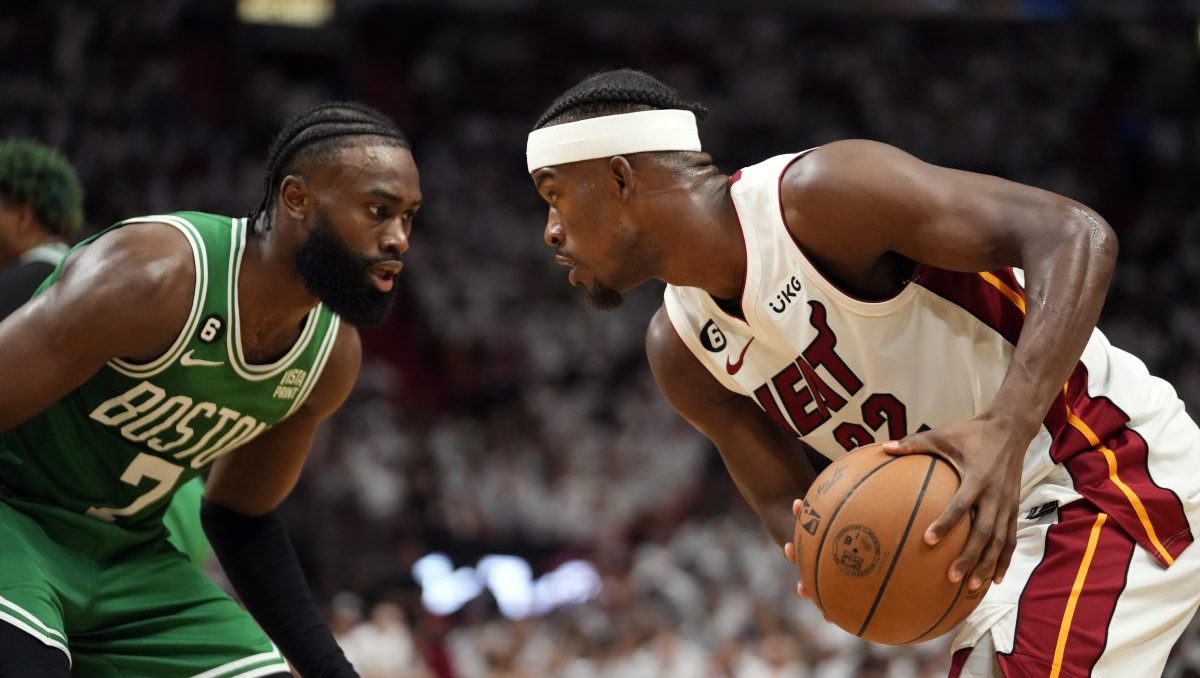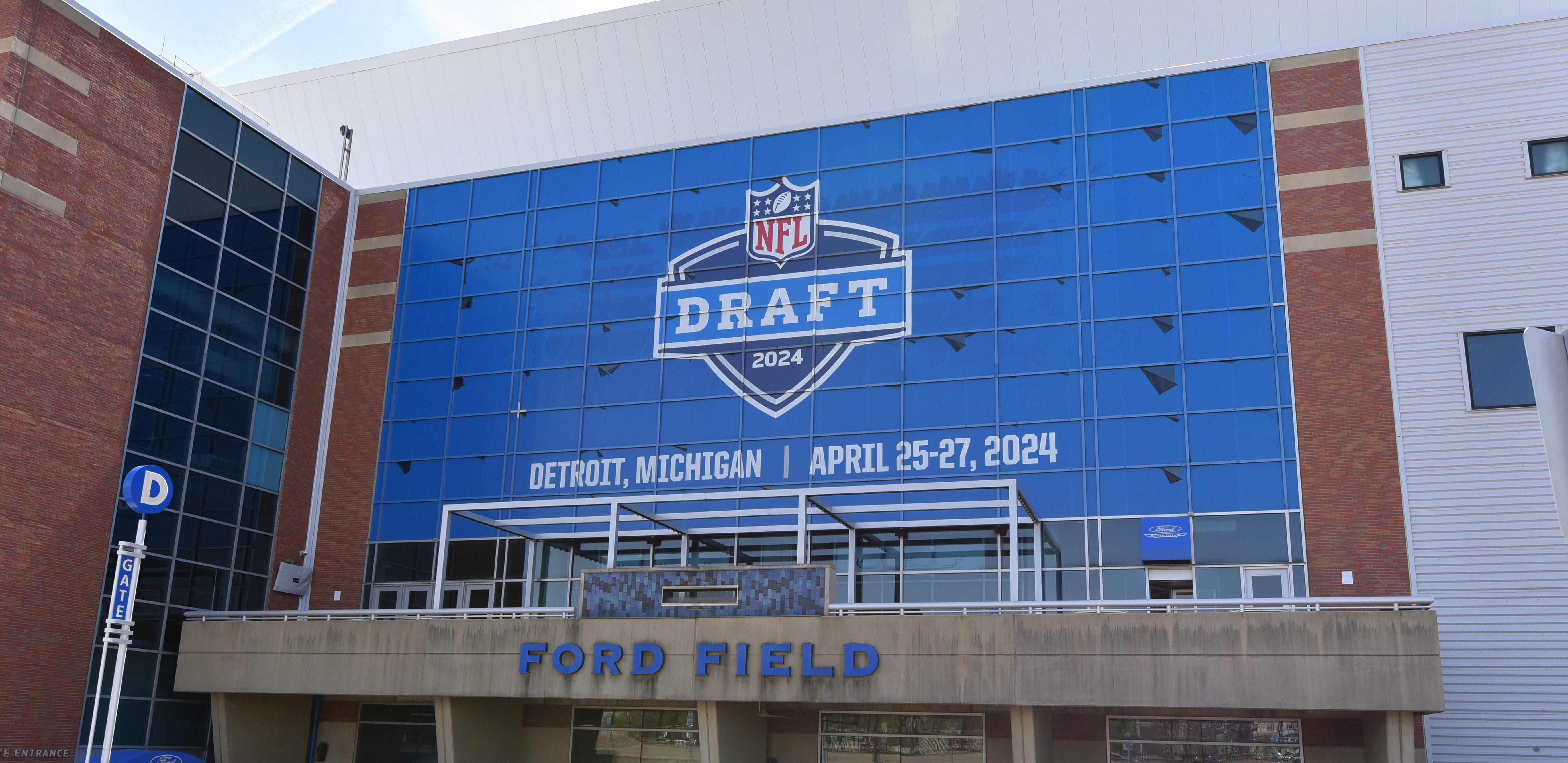Yesterday, in the wake of the Milton Bradley signing announcement, Chicago Tribune "blogger" Steve Rosenbloom expressed his scattered misgivings on the signing. He doesn't like it, for a variety of reasons (his constant cracks on Bradley's mental status are just oh-so-hilarious) but one passage in particular stuck out:
Bradley hit 22 homers and drove in 77 runs last season. Does anybody else out there realize that Cleveland Indians third baseman Mark DeRosa went 21-87 last year? I became a writer because I thought there was no math involved, but that looks suspiciously like the $10-million-a-year Bradley had one more -- count 'em, one more -- home run than DeRosa and 10 fewer -- count 'em, 10 fewer -- runs driven in.
Bradley wipes out DeRosa when it comes to batting average (.321-.285) and on-base percentage (.436-.376), but remember, Bradley piled up those numbers while playing in the field only about 15 percent of the time, thus avoiding the pounding on the body that goes with being an actual baseball player.
In two paragraphs, Rosenbloom manages not only to pose an argument but refute it directly. Quite a feat.
In fact, comparing DeRosa and Bradley's RBI numbers last year is silly for two reasons: 1.) DeRosa played far more games than Bradley, which we'll get to in a second, and 2.) RBI are a terrible stat.
This isn't actually a complicated thing; anyone in tune with even the most rudimentary baseball statistics in the past few years realizes it, but let's quickly explain just in case. When people talk about baseball player performance, as Rosenbloom is here, they're talking about individual performance. Batting average, on-base percentage, VORP, and so on are individual numbers, and so they give you a better idea of how a player's performance will translate from team to team.
Runs batted in, on the other hand, is a team stat -- directly related to how well people in front of the player in question batted. For example, if Albert Pujols hits everything in sight (as he did last year) and there is no one in front of him on base (as was often the case), he is going to end with fewer RBIs than, say, Ryan Howard, who played for the Phillies. This does not make Ryan Howard a better hitter; it simply means he's in a better context to hit RBI. In other words, a better team. (Note: It's also the reason Albert Pujols won the MVP last year. People get this.)
Sports
Anyway, the stats to examine are right in Rosenbloom's second graph: Bradley's batting average (though batting average is questionable too, but that's for a different time) and on-base percentage, the latter of which he led the league in last year. That is an incredible feat, and it is something that is individually transferable; no matter what the nature of your team, you can control how often you swing or don't at pitches, how often you get on base. Milton Bradley is much, much better at that than Mark DeRosa.
If we want to talk about games played, fine -- DeRosa played more, a function of his durability and Bradley's lack thereof. That's another worthwhile debate altogether. But to undercut Bradley's numbers by comparing them to the departed DeRosa does more than a disservice to the incredible year Bradley had last year. It misleads readers. And we wouldn't want that, now would we?



